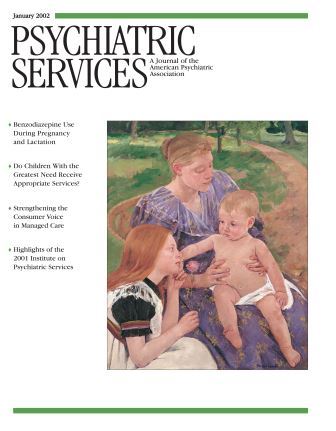Gender Differences in Juvenile Arrestees' Drug Use, Self-Reported Dependence, and Perceived Need for Treatment
Abstract
OBJECTIVES: The authors examined gender differences in drug use, self-reported dependence, and perceived need for treatment in a national sample of juvenile arrestees and detainees between the ages of nine and 18 years. METHODS: A sample of 4,644 boys and girls, drawn from the Juvenile Drug Use Forecasting Survey from 1992 to 1995, was matched by sex within each of seven sites by survey year. In anonymous interviews, respondents were asked about their living arrangements, drug use, and need for drug treatment. Questions about drug use covered marijuana, cocaine, crack, heroin, crystal methamphetamine, amphetamines, and phencyclidine (PCP). Logistic regression was used to identify significant predictors of drug dependence and perceived need for treatment. RESULTS: Girls were significantly more likely than boys to report dependence but were no more likely to report a need for treatment. Among those who reported current, frequent drug use, girls were significantly less likely than boys to report a need for treatment. Girls who reported having more severe drug problems were more likely than their male counterparts to report dependence and a need for treatment. CONCLUSIONS: The ways in which juvenile arrestees report drug dependence and need for treatment differ by gender. Clinicians should assess and reduce barriers to treatment perceived by girls in particular to engage them in services before their drug use escalates.



